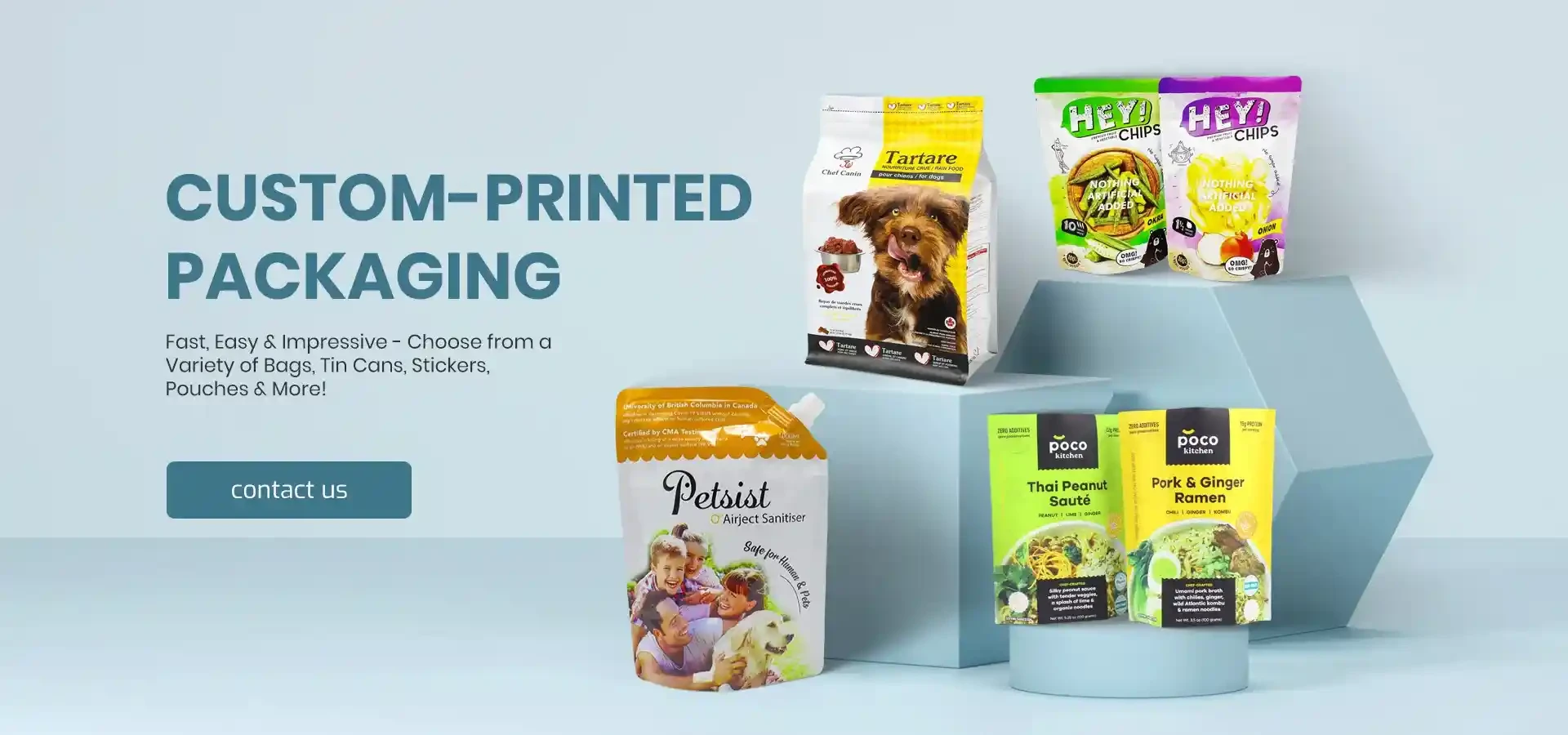- Afrikaans
- Albanian
- Amharic
- Arabic
- Armenian
- Azerbaijani
- Basque
- Belarusian
- Bengali
- Bosnian
- Bulgarian
- Catalan
- Cebuano
- chinese_simplified
- chinese_traditional
- Corsican
- Croatian
- Czech
- Danish
- Dutch
- English
- Esperanto
- Estonian
- Finnish
- French
- Frisian
- Galician
- Georgian
- German
- Greek
- Gujarati
- haitian_creole
- hausa
- hawaiian
- Hebrew
- Hindi
- Miao
- Hungarian
- Icelandic
- igbo
- Indonesian
- irish
- Italian
- Japanese
- Javanese
- Kannada
- kazakh
- Khmer
- Rwandese
- Korean
- Kurdish
- Kyrgyz
- Lao
- Latin
- Latvian
- Lithuanian
- Luxembourgish
- Macedonian
- Malgashi
- Malay
- Malayalam
- Maltese
- Maori
- Marathi
- Mongolian
- Myanmar
- Nepali
- Norwegian
- Norwegian
- Occitan
- Pashto
- Persian
- Polish
- Portuguese
- Punjabi
- Romanian
- Russian
- Samoan
- scottish-gaelic
- Serbian
- Sesotho
- Shona
- Sindhi
- Sinhala
- Slovak
- Slovenian
- Somali
- Spanish
- Sundanese
- Swahili
- Swedish
- Tagalog
- Tajik
- Tamil
- Tatar
- Telugu
- Thai
- Turkish
- Turkmen
- Ukrainian
- Urdu
- Uighur
- Uzbek
- Vietnamese
- Welsh
- Bantu
- Yiddish
- Yoruba
- Zulu
eva vs polyethylene foam
EVA vs. Polyethylene Foam A Comprehensive Comparison
In the realm of foam materials, EVA (Ethylene Vinyl Acetate) and polyethylene foam are two prominent varieties, each possessing distinct properties and suitable applications. This article delves into the characteristics, advantages, disadvantages, and uses of both EVA and polyethylene foam, providing insights to help stakeholders make informed decisions regarding their selection.
Understanding the Materials
EVA foam is a copolymer of ethylene and vinyl acetate, which results in a material known for its flexibility, resilience, and lightweight properties. It can be produced in various densities and hardness levels, allowing for versatility in applications.
Polyethylene foam, on the other hand, is a closed-cell foam made from polyethylene plastic. This material is known for its toughness, buoyancy, and insulation properties. PE foam is generally more rigid compared to EVA and offers excellent shock absorption and durability.
Key Characteristics
1. Flexibility and Comfort EVA foam is celebrated for its flexibility, which makes it incredibly comfortable and safe for applications such as athletic footwear, mats, and packaging that requires contouring. This attribute makes EVA ideal for products that demand cushioning and support.
2. Water Resistance and Chemical Resistance Both materials exhibit good water resistance due to their closed-cell structures; however, polyethylene foam has superior resistance to chemicals, making it a preferred choice for applications that involve exposure to various substances.
3. Weight and Density EVA foam tends to be lighter than polyethylene foam, which adds to its appeal for uses where weight is a significant consideration, such as in portable products. However, polyethylene foam is often denser, which contributes to its higher durability and impact resistance.
4. Thermal Insulation In terms of thermal insulation, polyethylene foam often outperforms EVA foam due to its closed-cell structure, making it ideal for applications like pipe insulation and protective packaging that require thermal stability.
5. Cost Generally, EVA foam is more expensive than polyethylene foam. The production processes and the cost of materials contribute to the pricing differences. For users on a budget, polyethylene foam may be the more economical option.
eva vs polyethylene foam

Advantages and Disadvantages
EVA Foam - *Advantages* - Superior flexibility and cushioning. - Vibrant colors and surface finishes can enhance aesthetic appeal. - Lower weight, making it suitable for portable applications.
- *Disadvantages* - Higher cost compared to polyethylene foam. - May degrade faster in direct sunlight and extreme temperatures.
Polyethylene Foam - *Advantages* - Excellent chemical resistance and durability. - Lower cost makes it accessible for large-scale production. - Great shock absorption, ideal for packaging and protective void fill.
- *Disadvantages* - Less flexibility compared to EVA, which may limit comfort in some applications. - Limited aesthetic appeal, usually available in basic colors.
Applications
The choice between EVA and polyethylene foam often boils down to the specific application requirements.
EVA foam is frequently used in - Footwear industries for insoles and midsoles due to its comfort and shock absorption qualities. - Sports equipment, such as yoga mats and exercise equipment, offering a blend of cushioning and support. - Craft products and toys, where colorful and flexible designs are beneficial.
Polyethylene foam is commonly employed in - Packaging solutions, where its toughness protects contents during transport. - Insulation for pipes and ducts within the construction industry, often focusing on thermal efficiency and moisture resistance. - Automotive and marine sectors, where durability and chemical resistance are critical.
Conclusion
In conclusion, both EVA and polyethylene foam have unique advantages that cater to different needs across various industries. Considerations of flexibility, durability, cost, and specific application requirements are crucial in making the right choice. By understanding the characteristics of each material, manufacturers and consumers can better navigate the decision-making process, ensuring optimal performance, safety, and cost-effectiveness in their respective applications. Whether opting for the comfort and aesthetic qualities of EVA or the durability and insulation properties of polyethylene foam, each material serves an invaluable purpose in the modern marketplace.













